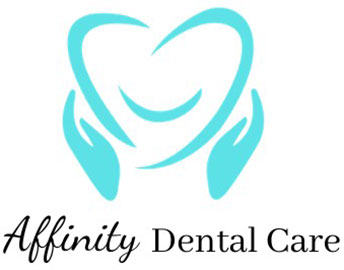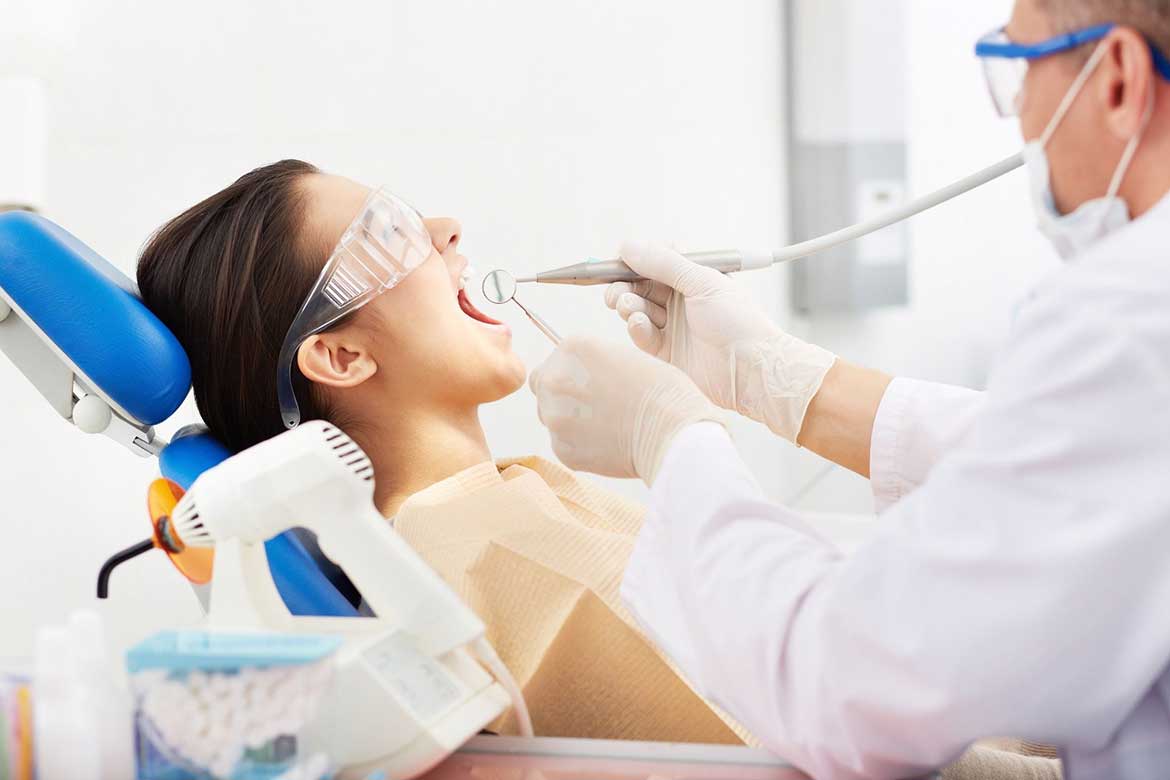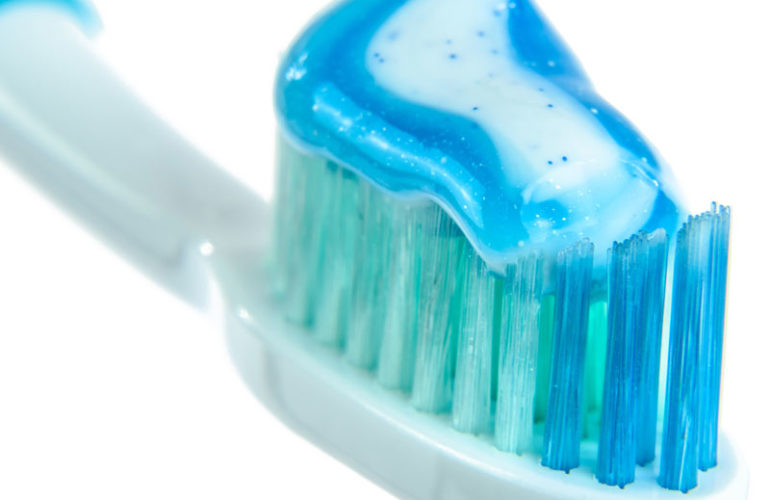I recently heard the term airway dentistry, and I was curious about what that exactly is. I have been researching and noticed that it is just another term for dentistry that focuses on the mouth’s structure and how those impacts breathing. It involves looking for signs of sleep breathing disorder like tooth wear, the position of the tongue and the condition of the soft tissue. The goal is to recognize signs and symptoms of breathing disorders that could lead to obstructive sleep apnea.
I have been practicing dental sleep medicine emphasizing sleep-related disorders like obstructive sleep apnea. I have also been looking for potential developmental issues in children who show signs and symptoms of craniofacial discrepancy that can cause nasal obstruction and mouth breathing habits.
Essentially, wellness and holistic dentistry encompass airway dentistry. I practice my dentistry by looking beyond the teeth, nose, throat, muscles of the tongue, face, neck, and rest of the body. Our entire system and organs are interconnected. I mentioned in my previous blog about the effects and the subsequent diseases that can arise from a single disorder – a breathing disorder. The compromised airway should be treated rigorously and as soon as it is diagnosed, as it can lead to many other conditions. The list of the conditions is long, ranging from poor facial aesthetics and hunched posture to debilitating congestive heart failure. Please see my previous blogs on Nurturing, Sleep Apnea, Tongue-tie and Lip-tie.
Sleepiness and narcolepsy during the day despite 7 to 8 hours of the sleeping time the night before can be the sign of obstructive sleep apnea or hypoxia for adults. Snoring, teeth grinding, and excessive enamel wear are signs of sleep-related breathing disorder. Infants who have trouble breastfeeding could have tongue and lip ties or even upper nasal airway obstruction. Tongue and lip ties can themselves lead to the craniofacial discrepancy that, in turn, causes a narrow upper airway.
There are many reasons you should breathe in through your nose instead of the mouth. You can take deeper breaths, which provides more oxygen to the body. Chronic mouth breathing causes teeth to crowd and narrow, long faces. Mouth breathers are more likely to have sleep-related breathing disorders, dry mouth, swollen gums and other gum diseases.
Airway enhancement is part of holistic wellness dentistry. The recognition and referral to medical colleagues to make the diagnosis of the underlying diseases and related treatments could be the first step in helping patients. Besides the recognition and proper referrals, dentists can provide treatments like palatal expansion, mandibular advancement, oral myofunctional therapy, air-centric orthodontic treatment etc. Dentists can help lactating mothers understand the importance of breastfeeding and proper unprocessed diets for their infants to enhance airway development and immune system development. If the infants have tongue and/or lip tie problems that affect breastfeeding, frenectomy or frenotomy should be done.
Integrative Dental Medicine is a term to describe the modern-day dentistry that dentists should be practicing to provide the best outcomes to our patients. It comprises airway dentistry, air-centric orthodontics, wellness and holistic dentistry.
At Affinity Dental Care, we practice dentistry the way I blog.




